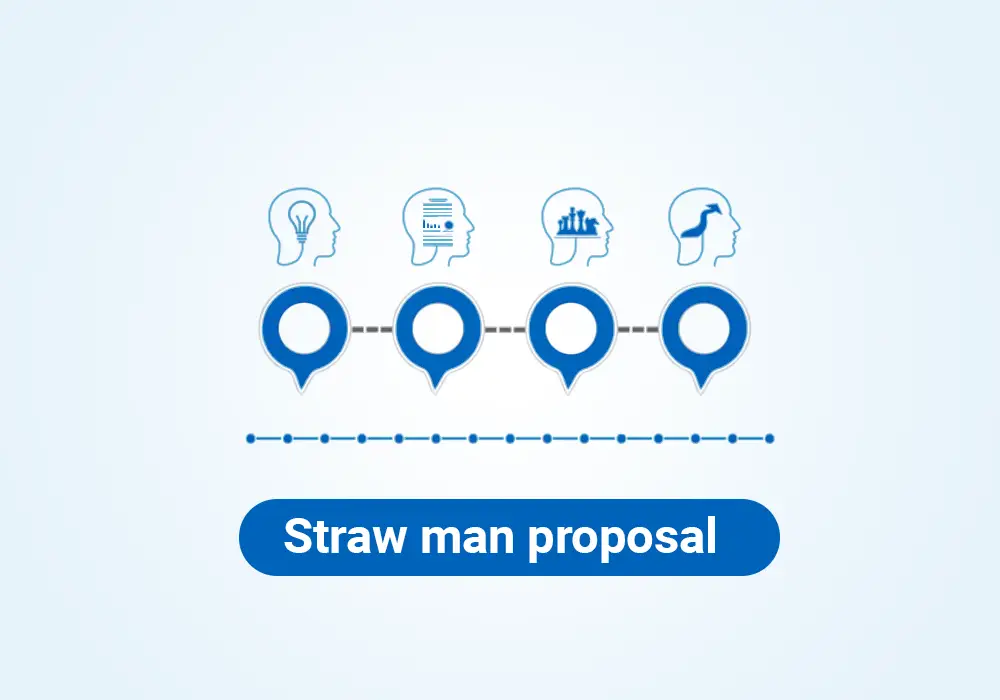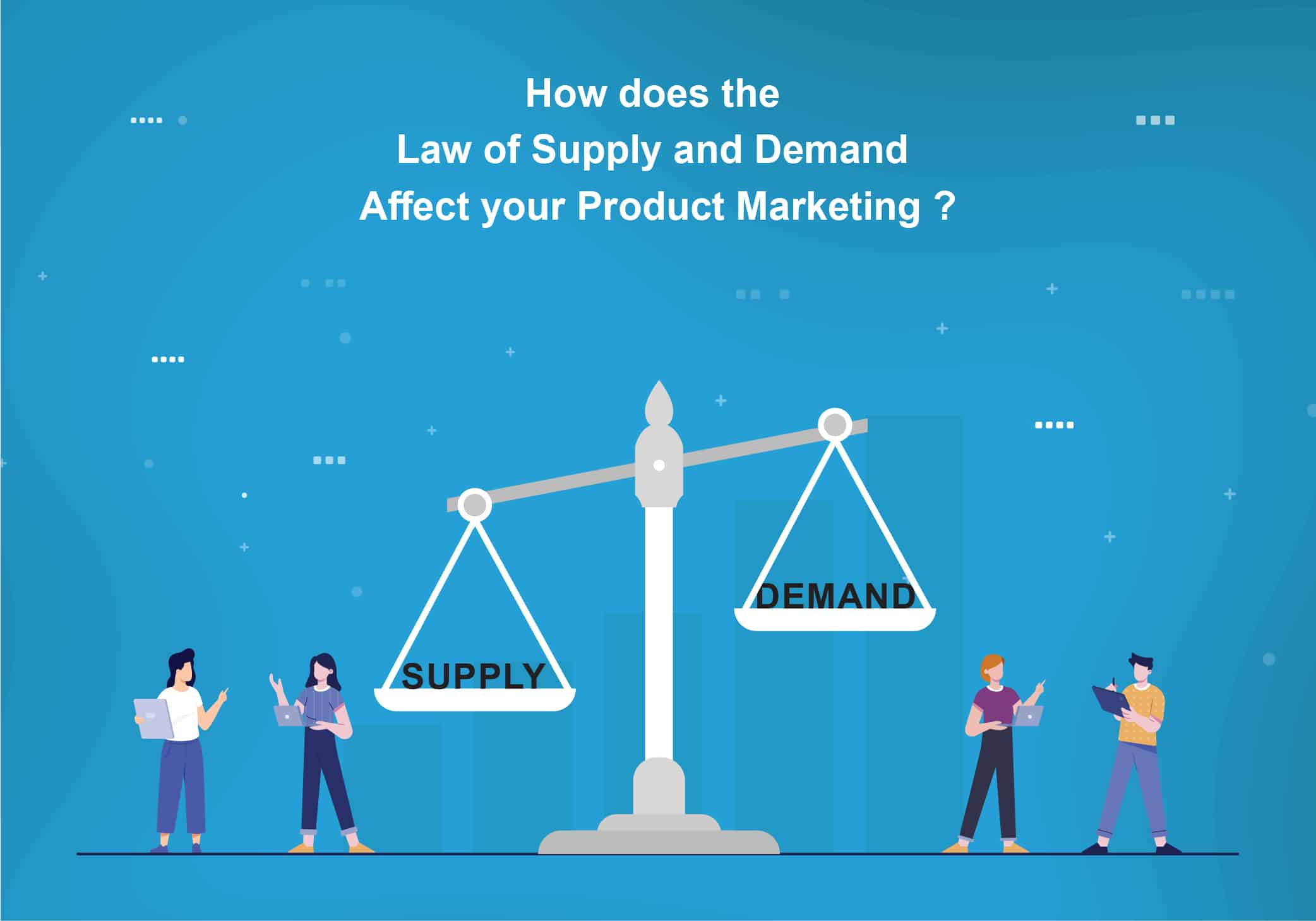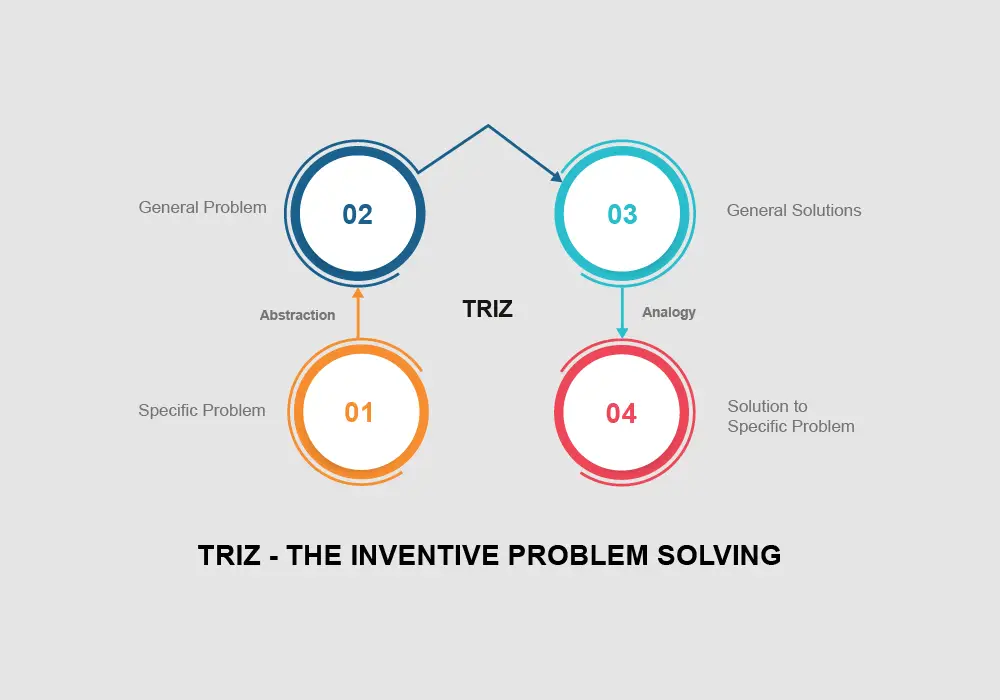Tim Hurson’s Productive Thinking Model

People often talk about creativity. Everybody knows creativity is something incredible that makes us successful when we are in challenging situations. If you’re not creative, you’ll tussle to recognize the issues surrounding a problem, and you’re unlikely to find the best solutions. Creative problem-solving skills are essential for understand and solve problems. Hurson’s Productive Thinking Model could be just the thing to support you. This framework boosts you to use creativity and critical thinking at each stage of the problem-solving process. This means that you get an improved understanding of the problems you face, and you come up with healthier ideas and solutions.
Creativity theorist Tim Hurson has developed a productive thinking model. It was published in 2007, the book was named “Think better”. His model suggests a systematic framework for creative problem-solving. It can be used by an individual or as a Problem Solving Group.
Hurson proposes that creativity is an indispensable component of problem-solving. The model comprises six stages. In each stage, a specific number of questions are asked to underline the different sides of the problem in order to reach a better understanding of the best solution. The 6 steps to Hurson’s Productive Thinking Model are:
- Ask “What is going on?”
- Ask “What is success?”
- Ask “What is the question?”
- Generate answers.
- Forge the solution.
- Align resources.
Step 1: Ask “What is Going On?”
If you want to solve a problem, you have to understand what you going to deal with. This might be just one problem or a problem that has a number of variables. You can use free-associating here to identify a long list of problems should you need to. Ask questions such as:
- What is the problem? This is the brainstorming question that focuses on the problem to be solved. The intent is to look at all prospects and to eliminate bias and wrong assumptions.
- What is the impact? It is the question of how the issues affect the organization, and what would be the consequences it may produce. It is vital to remember to gather external views and perspectives that are concerned with the problem.
- What is the information? Gathering information is one of the most significant efforts to solve problems. Problem solvers need to know about the matters and what is unknown at the present? Further evidence that is obtainable about the issues – statistics, reports, feedback, etc.
- What is the vision or target future? In this stage, the problem solver describes where they are going and what they want. the problem solver writes down all the desired target future.
Step 2: Ask “What is Success?”
In this step, the problem solver should understand a success model and how to define the successful solution of the problem. they need to describe what success looks like. Hurson has outlined model questions called DRIVE to address this stage.
- Do – What do you want the answer to the problem to do?
- Restrictions – What are the implications of a solution and what should it not do?
- Investment – What’s available to aid you, how much can you spend (time and money)
- Values – What standards should the solution standby/respect?
- Essential Outcomes – How will you evaluate the success of the solution?
These questions help manage expectations and ensure that estimated risks can be taken.

Step.3: “What is the Question?”
The stage structures the challenge by turning it into a question. To do this look at the information you have collected then think about the questions that will need to be replied to for achieving the target. They should be creative questions that may seem doubtful or improbable.
- How can we…?
- How will we…?
- How might we?
At this stage, no answers are obligatory; the discussion focus is on the questions that directly lead to solving the problem.
Step.4: Generate Answers
At this stage, the problem-solvers create solutions to the defined problem by identifying the answers to the questions in step three. The answers are brainstormed in order to reach the best solution that can realize the organizational target. The list of answers should be gathered without excluding anyone. Each answer can be a possible solution to the problem. It is like thinking about different solutions and gathering them for further analysis.
Step 5: Forge the Solution
After you have gathered lots of answers you can start to pick the best answers. This step narrows the responses to the best solutions that can be realistic for the problem. Filtering the solutions via choosing the best answers aid to determine the best solution for the problem.
Step 6: Align Resources
This is where you start to build a plan to achieve the result. This step classifies the people and other resources that are essential in order to implement the preferred solution.
- Who do we need?
- What do we need?
- Is anyone else going to be affected?
- How long will it take, how quick we will get?
Here, you need an exact action plan to achieve the results.
Solving problems inside the projects and organizations need the right questions to be asked in order to reach the best solutions. Hurson’s Productive Thinking Model offers an organized framework for creative problem solving that can be used by an individual or by a Problem Solving Group. Many problem-solving methods contain creativity and critical thinking. Though, this is one of the few implements that focus on directly developing creativity and the use of thoughts and imaginations– through probing, discussions, and brainstorming.


